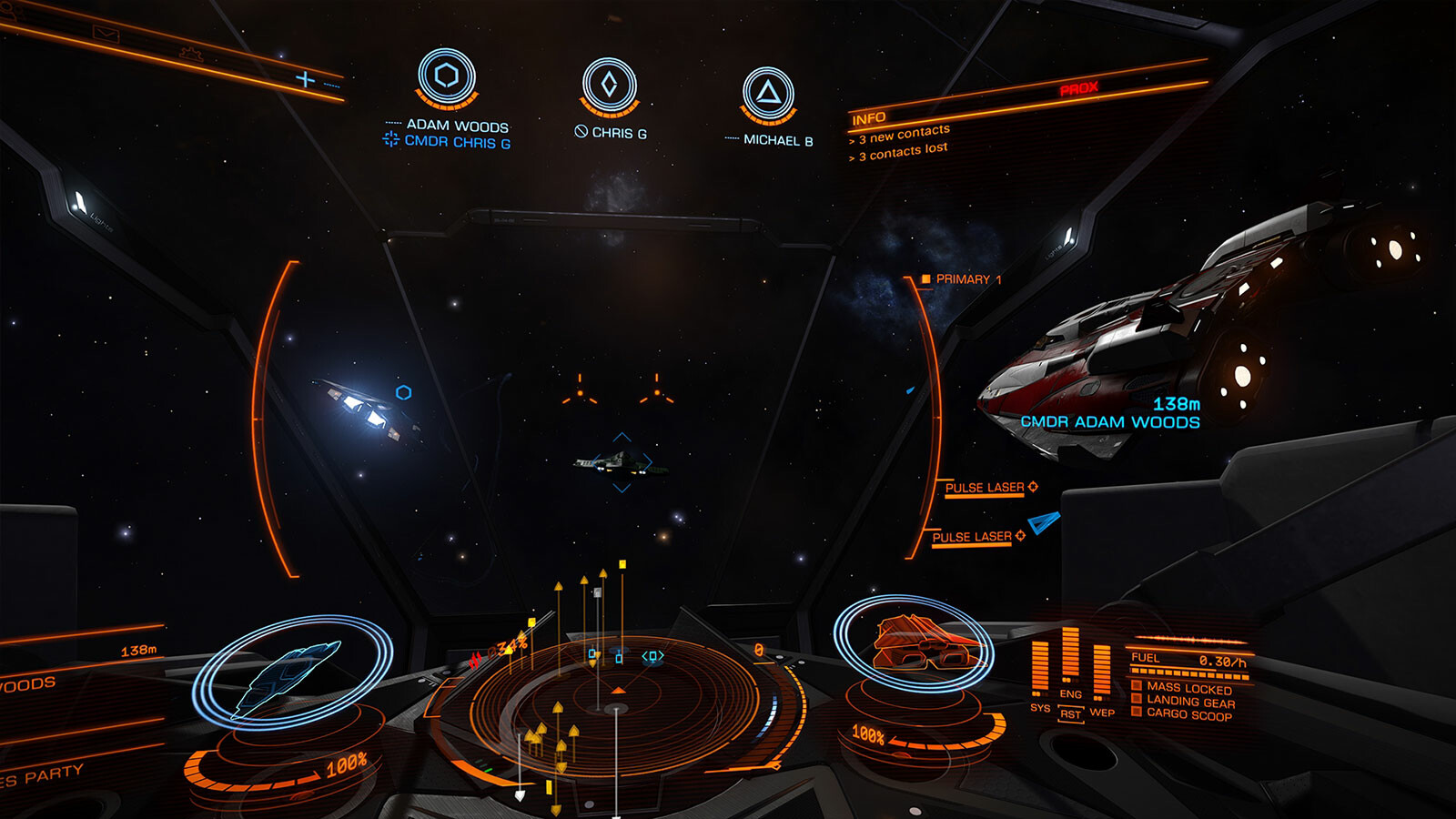
In Portal 2, lights did not contribute to the specular term of a surface instead, a static “cubemap” – a capture of the surroundings – would be generated by artists, and then re-cast onto nearby surfaces without any parallax correction or lighting information. We’ve also re-thought how lights and reflections interact with the world’s surfaces. Artists can also equip lights with non-standard shapes using light cookies, which affect both volumetrics and surface lighting.

Lights also support real-time volumetrics, allowing artists to drive a stronger atmosphere by using lights with a more physical presence in the air. All your favorite test elements like lasers, excursion funnels and light bridges now cast light, moving and extending along with the element. We’re now able to more strongly ground common elements in the world by having them cast lights dynamically. This is crucial for a game like Desolation.

This also has the benefit of allowing lights to move and change color/intensity in the level, making it possible for us to choreograph more sophisticated, dynamic scenes with lighting. As a result, lights can now be placed and moved around in-game, making it simple for artists to quickly iterate on designs. Lights are now completely real-time with per-pixel shadow maps, with no computation done by the compiler. We’ve introduced a physically-based renderer that unifies and drives shading of all surfaces in the world. Here’s how we addressed these challenges. With our engine overhaul, we canned the Source model and rebuilt it from the ground up.

Lights were placed by artists outside of the game, in a separate editor with no previewing capability.Using this method, we faced three major problems:
Portal 2 no steam cracked only simulator#
With the traditional Source rendering pipeline, lighting is pre-computed and baked into maps via lightmaps during a lengthy compilation process using Valve’s radiosity simulator (VRAD).


 0 kommentar(er)
0 kommentar(er)
